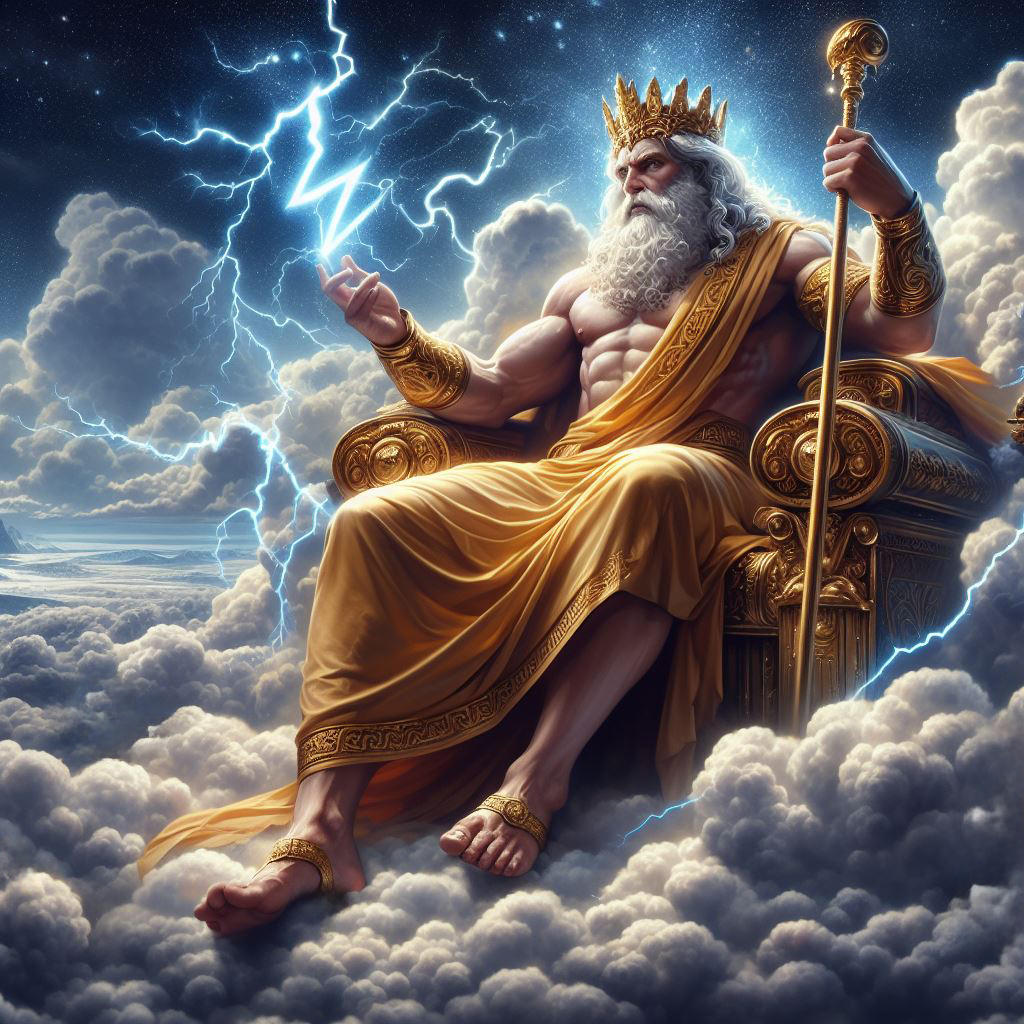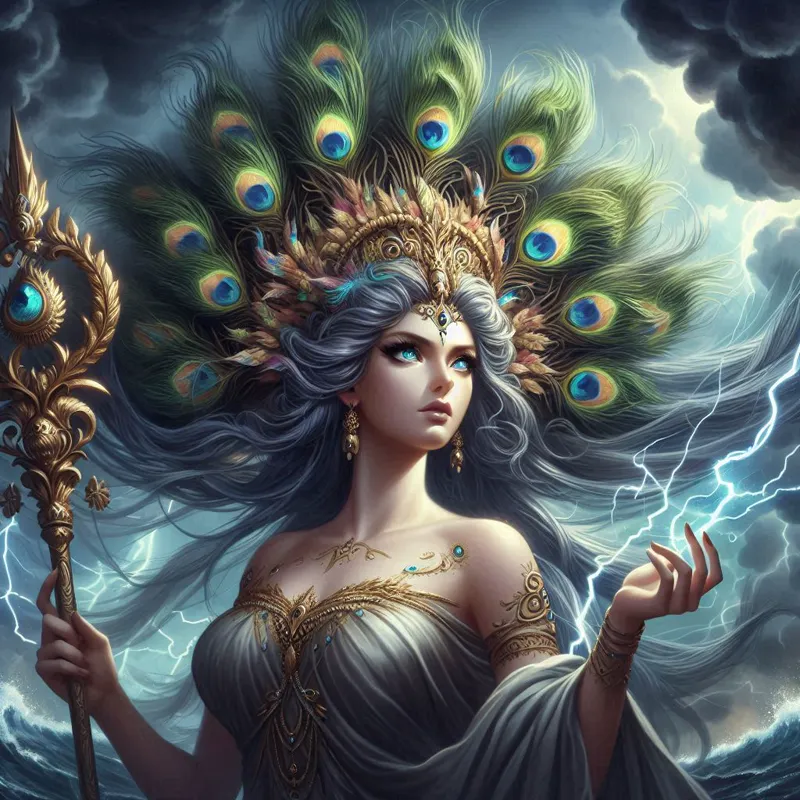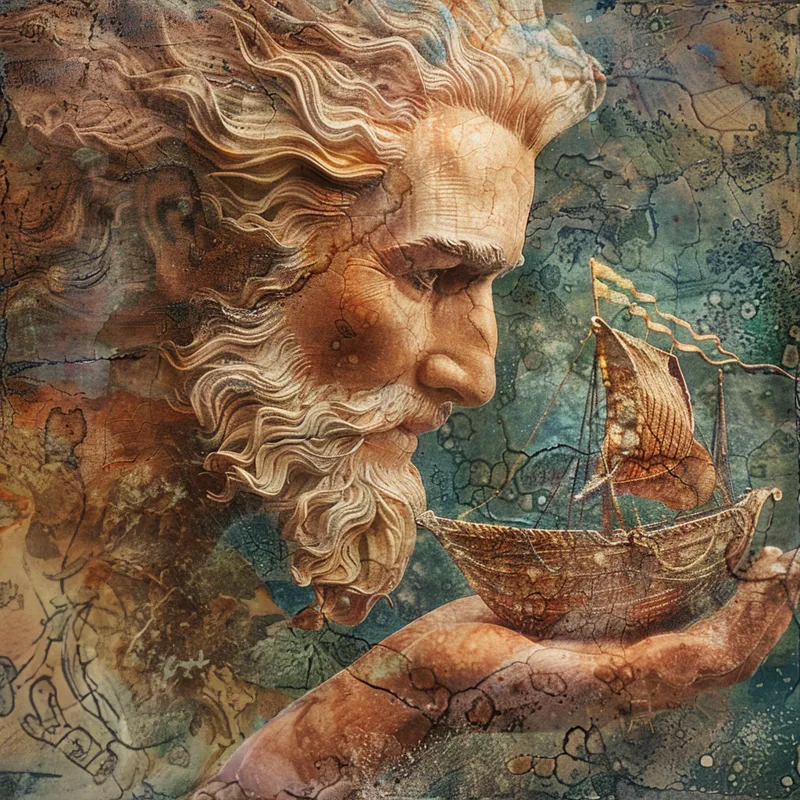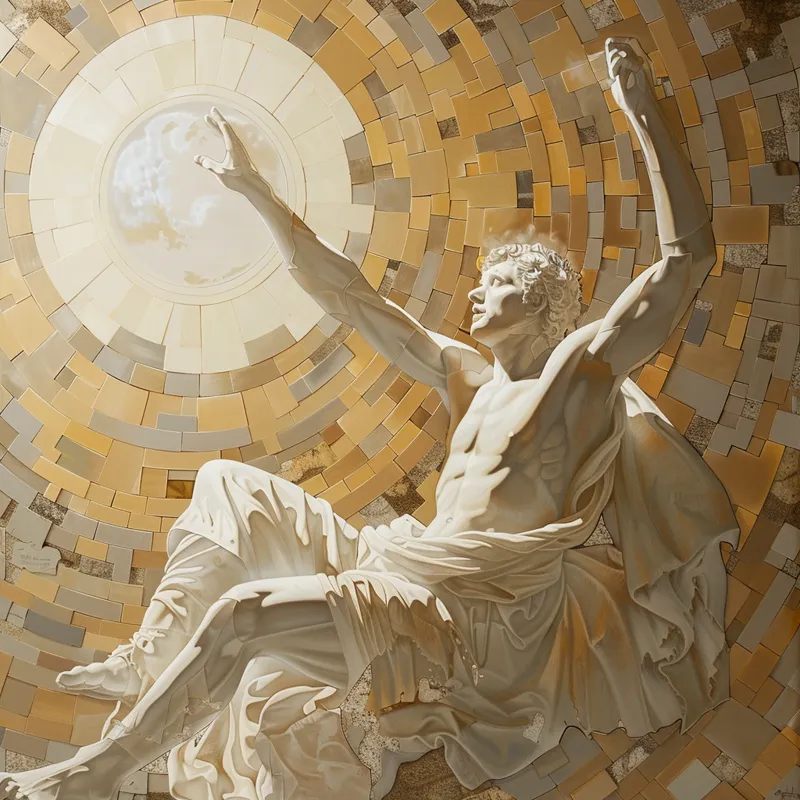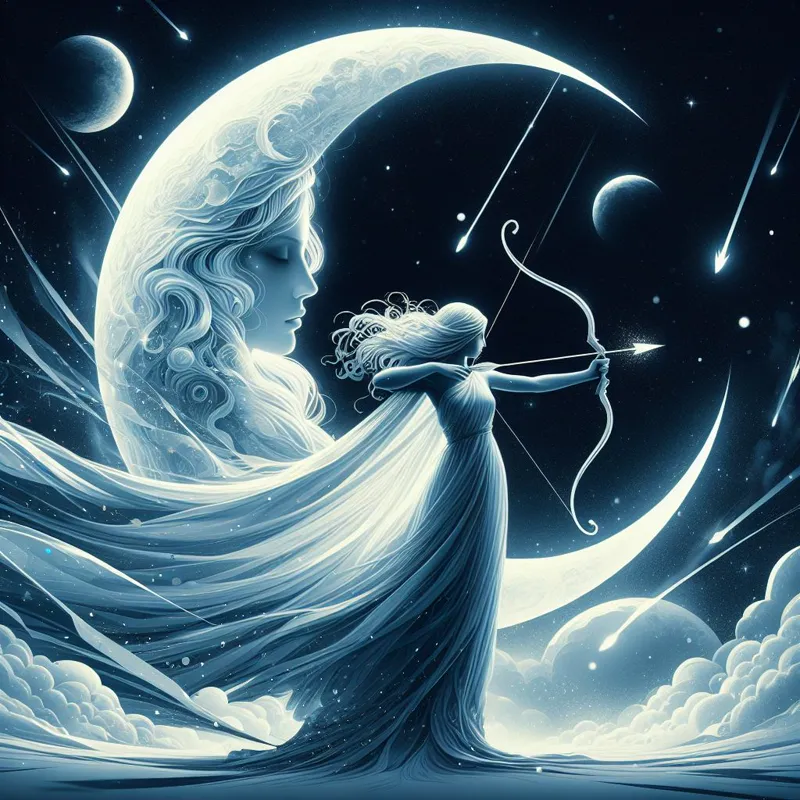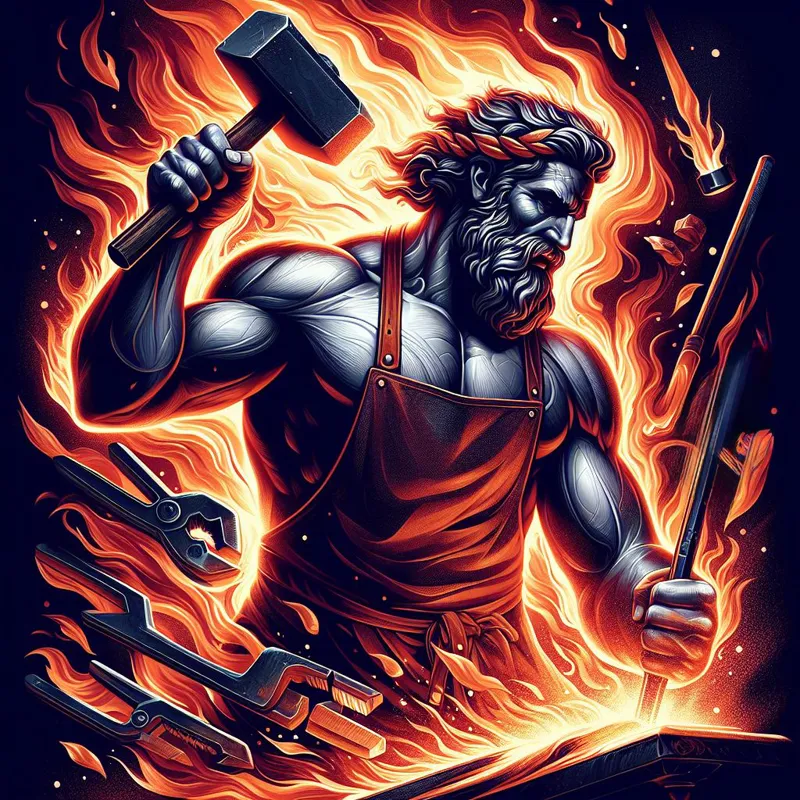
Knight fighting multiple dragons
In the vast panorama of myths and legends that have woven their way into the fabric of human storytelling, few motifs have been as enduring and captivating as the interplay between knights and dragons.
These age-old narratives, etched into the annals of history, continue to enthrall us with their timeless tales of valor, courage, and the eternal struggle between the forces of light and darkness.
Dragon-Slaying Heroes

Dragon sleeping on treasure
Knights as dragon-slaying heroes often serve as symbols of hope and protection for the common people. These stories emphasize the importance of bravery and selflessness in the face of danger. The conflict with the dragon is not just a physical battle but a representation of the moral duty of knights to defend their communities and uphold justice.
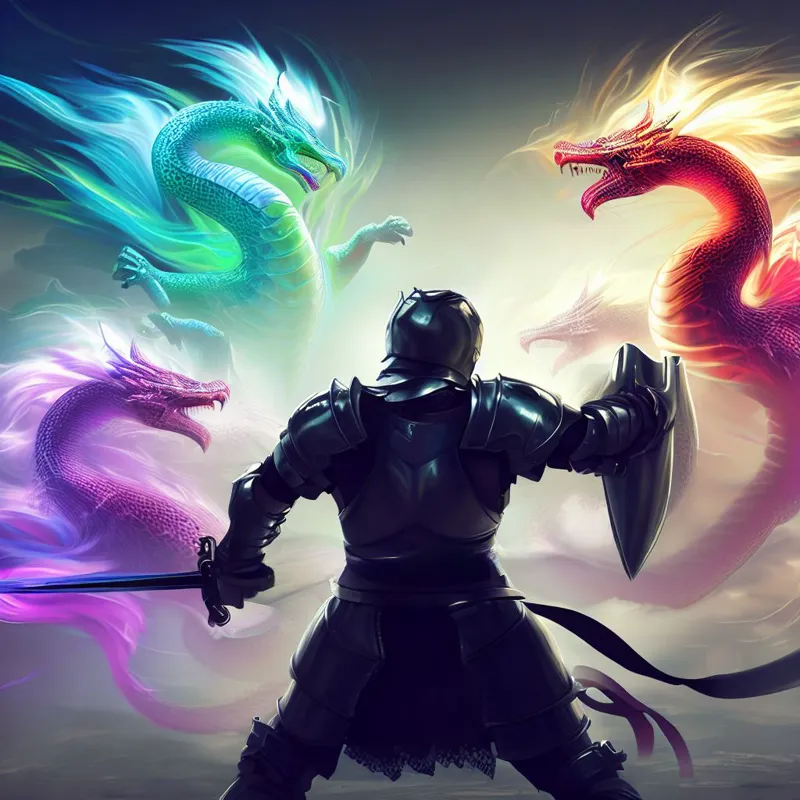
Armed with a sword and shield
The heroism of the knight in facing the dragon also showcases the triumph of humanity over monstrous and destructive forces, instilling a sense of security and inspiration in the hearts of the people.
Tests of Chivalry and Valor
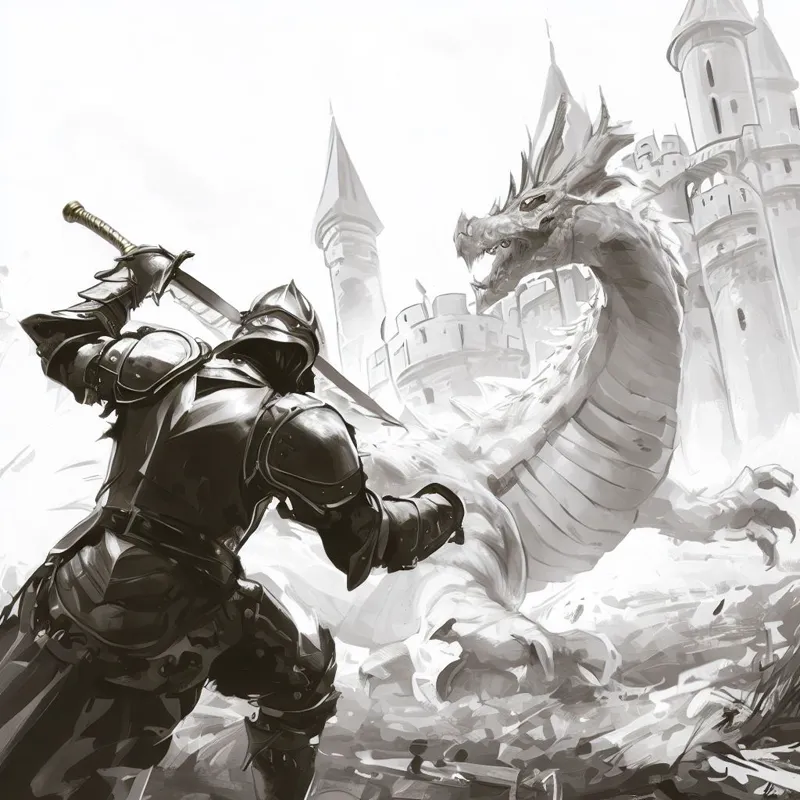
Fighting at the foot of a castle
Facing a dragon is a test of a knight's adherence to the chivalric code, which includes qualities like honor, loyalty, and courage. Dragon-slaying quests often serve as a rite of passage for knights, proving their worthiness to be counted among the ranks of the noble and virtuous.

Destroying the castle
The challenges posed by dragons push knights to their limits, and their victory is not just physical but a testament to their unwavering commitment to ideals of chivalry and honor.
Symbolic Battles

Lifting a sword up to the heavens
Dragons can symbolize various aspects of the human condition. In literature and mythology, they may represent the uncontrollable forces of nature, greed, or even one's inner struggles and doubts. The knight's battle against the dragon can be seen as an allegory for personal growth and self-discovery.

Mounted on a steed
By confronting and defeating the dragon, the knight conquers not only an external threat but also his own fears and uncertainties, emerging stronger and wiser from the ordeal.
Protecting the Innocent
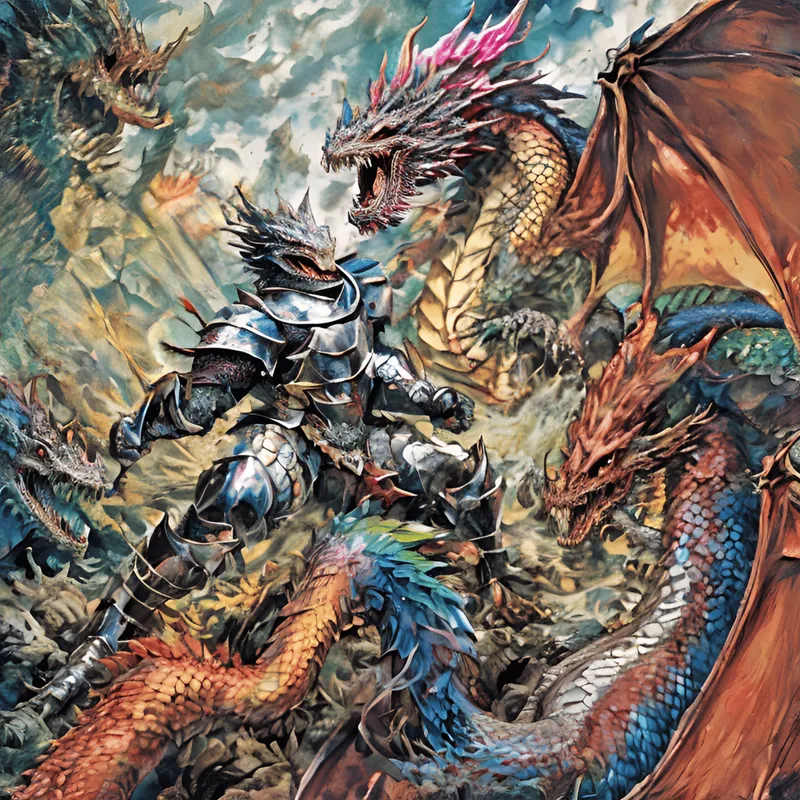
Wearing dragon armor
Knights are often depicted as champions of justice, coming to the aid of those in need. When a dragon threatens innocent lives or hoards treasures that rightfully belong to the people, knights step forward to fulfill their duty as protectors.

A massive dragon
This aspect of their role underscores the knight's commitment to serving the greater good, often at great personal risk. Their willingness to stand between danger and the defenseless is a powerful representation of heroism and selflessness.
Stories of Redemption

Sleek emerald with ruby eyes
In some dragon stories, the dragon is not inherently evil but has been cursed, ensnared, or wronged in some way. Knights who embark on quests to free or redeem the dragon demonstrate qualities of empathy, compassion, and a belief in the possibility of redemption.

Dragons guard treasure... dragons are treasure?
These stories teach us that forgiveness and understanding can be powerful forces for positive change, even in the face of seemingly insurmountable obstacles. They encourage us to look beyond appearances and give second chances.
Moral Lessons

A team of dragon slayers
Dragon and knight stories serve as vehicles for conveying important moral lessons. They often emphasize virtues like courage, integrity, and perseverance. These tales can inspire audiences to emulate the knight's noble qualities and to confront their own challenges with determination and honor.

Where do dragons come from?
Whether it's teaching children about bravery or reminding adults of the enduring value of honor, these stories continue to serve as sources of moral guidance and inspiration across generations.
As we draw the curtain on this exploration, it becomes evident that the entwined destinies of knights and dragons are not merely the stuff of folklore but a reflection of the enduring human spirit. These stories, whether recounting the triumph of chivalry or serving as allegorical mirrors to our inner battles, continue to inspire and remind us of the enduring ideals of bravery and honor that transcend time and place. In the ever-evolving narrative of our world, the knight and the dragon stand as archetypal figures, reminding us that even in the face of our most formidable adversaries, the indomitable spirit of the hero prevails.


